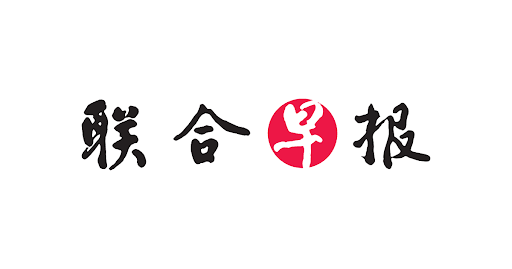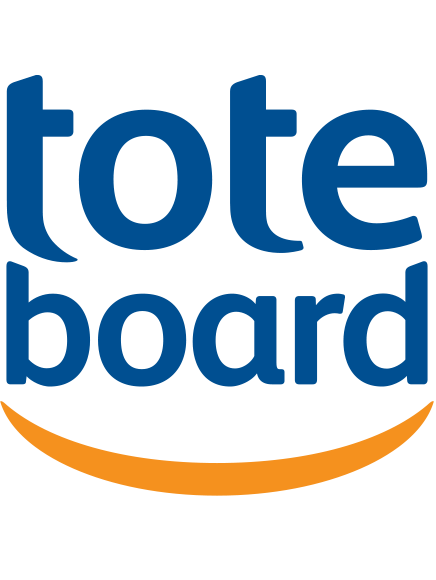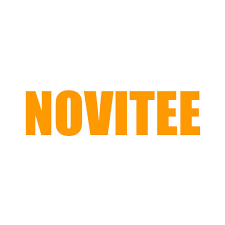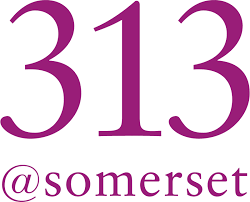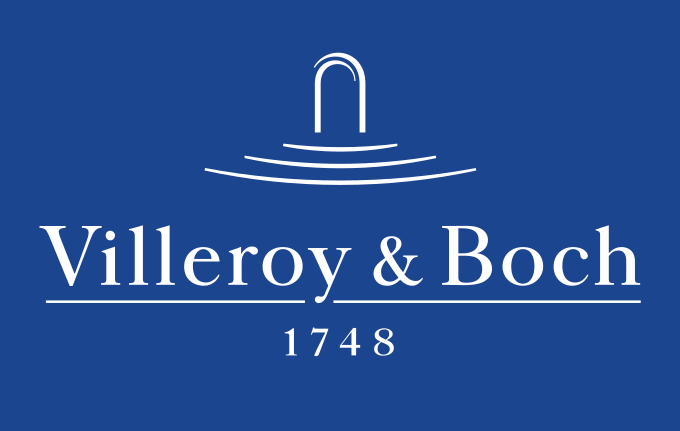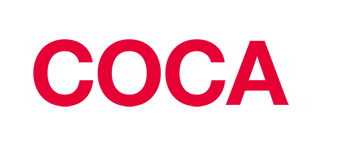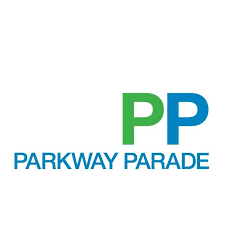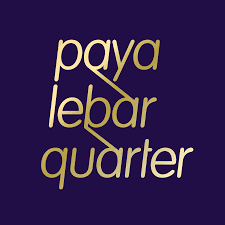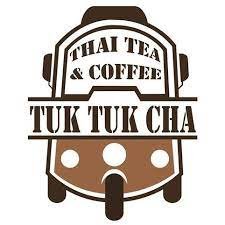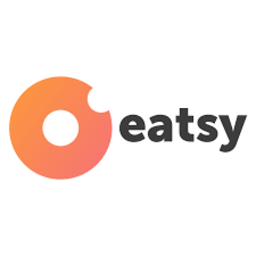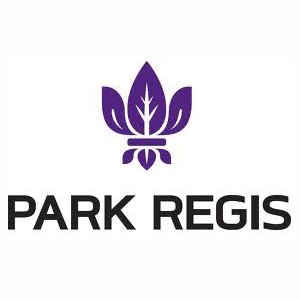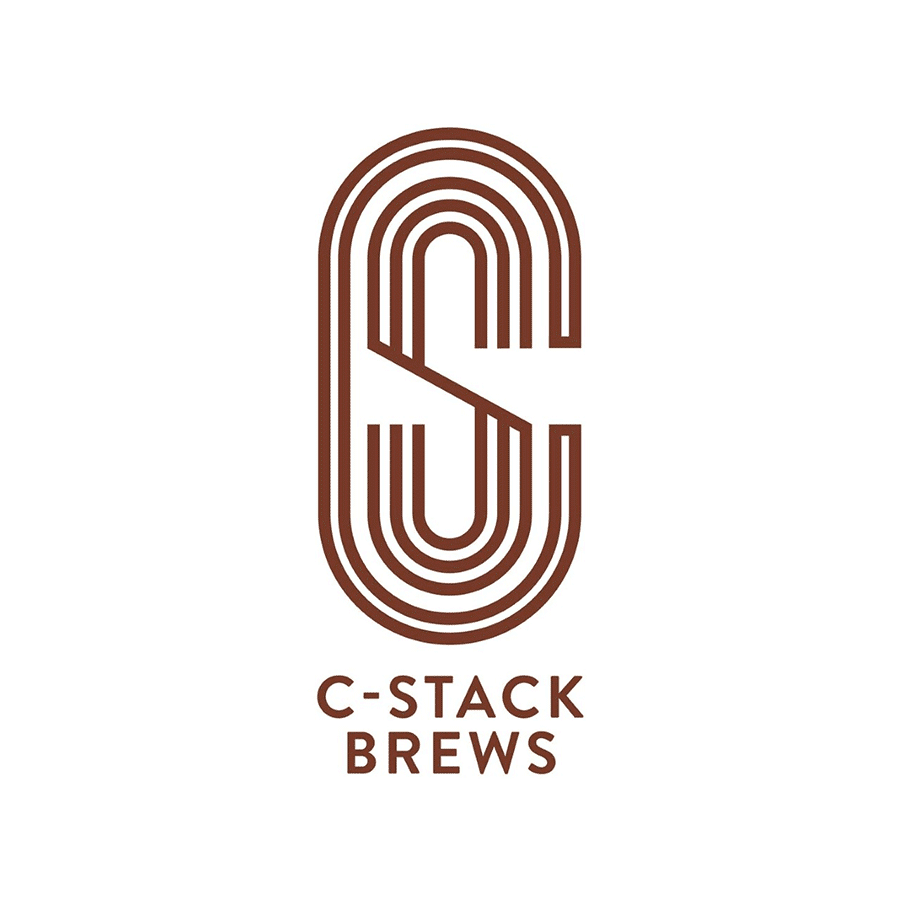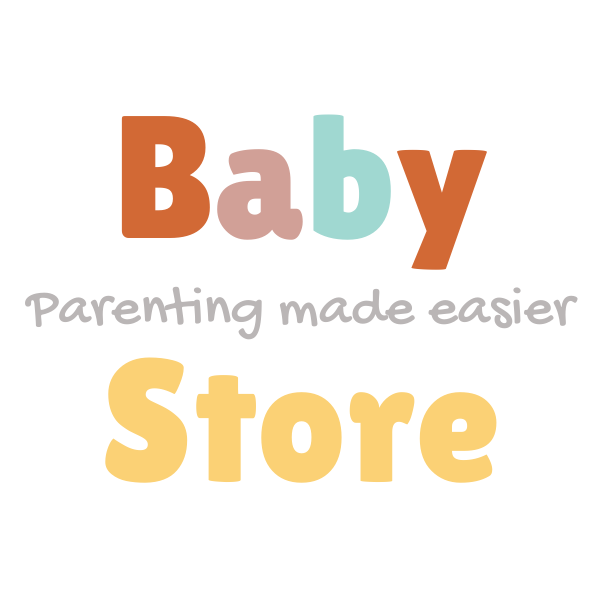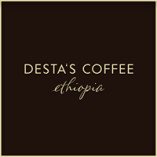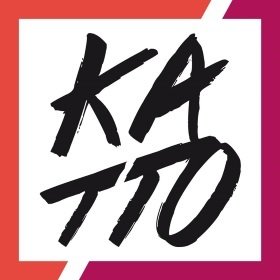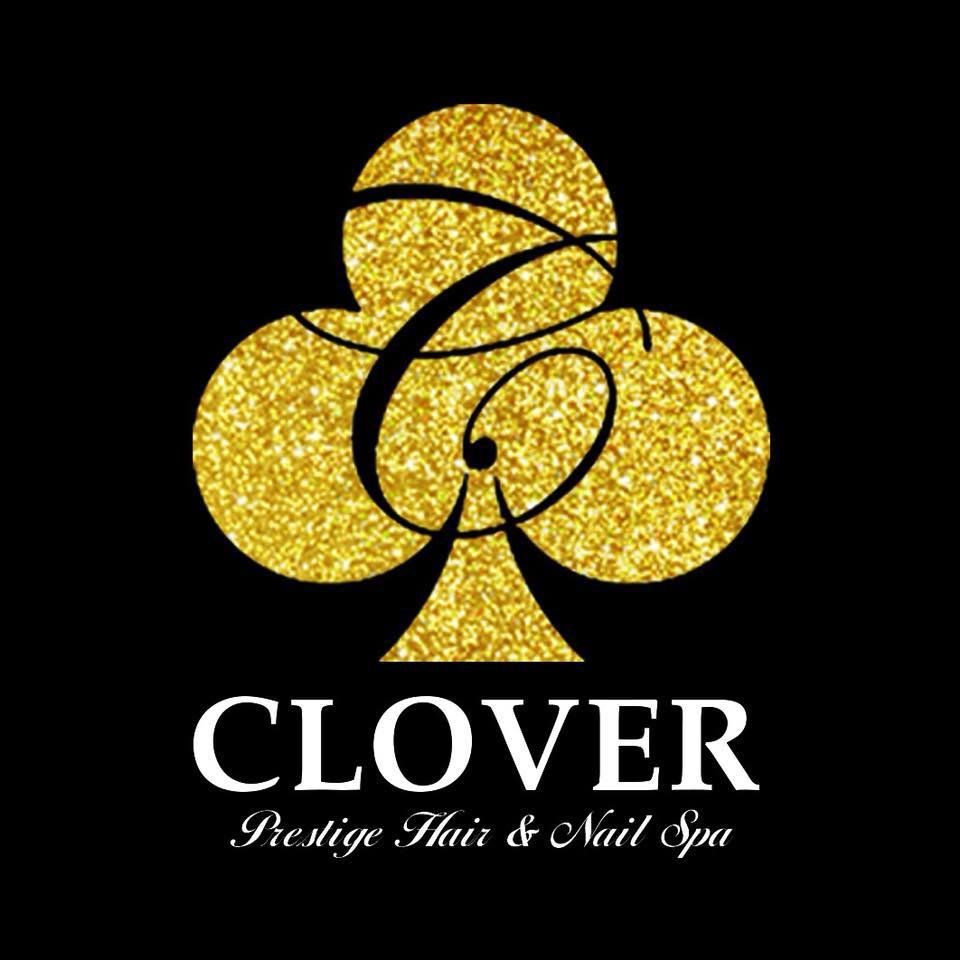Are you frustrated at the lack of marketing budget that consistently restricts the things you can do for your brand and business? Have you thought of an exciting marketing idea only to be shocked by the quotes and costings as they come in? Don't worry you're not alone in this. My personal solution to this is simple:
COLLABORATE
For many of us, when we think of collaboration, it's something internal - within the company, within the team. However, as smaller, leaner businesses, we think of collaborations externally as well. I believe that small businesses should not only collaborate to survive, but to thrive as well!
"It is the long history of humankind (and animal kind, too) that those who learned to collaborate and improvise most effectively have prevailed", Charles Darwin
Of course, if you started your own business or joined a start-up, odds are that you are fiercely competitive. So the question would - How can I collaborate with other businesses without giving my competitors the edge up on me instead?
DESTINATION MARKETING
If you have a physical store, one thing you can look at is collaborating with your co-located tenants or even developing a route or experience for your area. This is something that the tourism industry does really well as seen in the Pinterest board below.
There are many ways to angle these routes - heritage (tells the history of the area), tourism (a touch of local flavour) and food (best food in the vicinity). There are many ways to innovate with the user experience of these routes as well - gamification through having a check-point system such as stamping stations, a reward upon completion, etc.
With this team of co-located businesses, you'll be able to combine your budgets to market the area meaningfully for a win-win situation or even explore if there are government grants or subsidies available for such tourism initiatives.
One thing to note is that you will need to ensure consistent elements or themes across the different businesses in order to successfully create a cohesive experience.
EXPERIENCE PACKAGES
Another way you can collaborate with others would be to identify a common thread between you and them. Just take for example, a Thai food establishment, a Thai spa and massage outlet, a Thai traditional craft shop and workshop and a Thai language centre. The common thread between the Thailand theme. What if they collaborated to a create a uniquely Thai one-day experience package where you can immerse in the Thai culture, learn a little bit about their language and experience a day of Thai indulgence?
Similar to destination marketing, you can now do something more meaningfully with a combined budget. On top of that, by packaging your services together, studies have shown that customers would become more price insensitive to product/service and increase the overall perceived value of your package, i.e. win-win for all partners! You can even try and turn this into a festival of sorts as Chang Beer successfully achieved earlier this year with their Chang Sensory Trails 2017.
CONSOLIDATED MARKETING
If you don't have the time to set up meetings with other businesses and start a collaboration from scratch, a quick win would be to find third-party businesses out there who are already aggregating or consolidating related services for their platform. You can find out with of these aggregators would be most relevant for your business. Listed below are just some real-life examples that might be relevant to F&B business.
Chug aggregates bars and pubs on their application and pushes them to get a drink every day as each user gets one free drink per day at all participating bars. KopiPass aggregates cafes and encourages people to cafe hop. BonAppetour creates food and beverage trails on a regular basis as well.
These businesses promise the same thing - to give your brand exposure through their marketing and co-marketing efforts with your brand. However, it's important to take note for this and all the above collaborations that while this makes sense as a customer acquisition strategy, you'll need to have a customer retention strategy already in place for your business to truly benefit from these collaborations. Sample tactics can include return vouchers, prepaid or traditional loyalty cards and to capture their contact information for subsequent loyalty marketing.
Written by Benedict Yeo


















